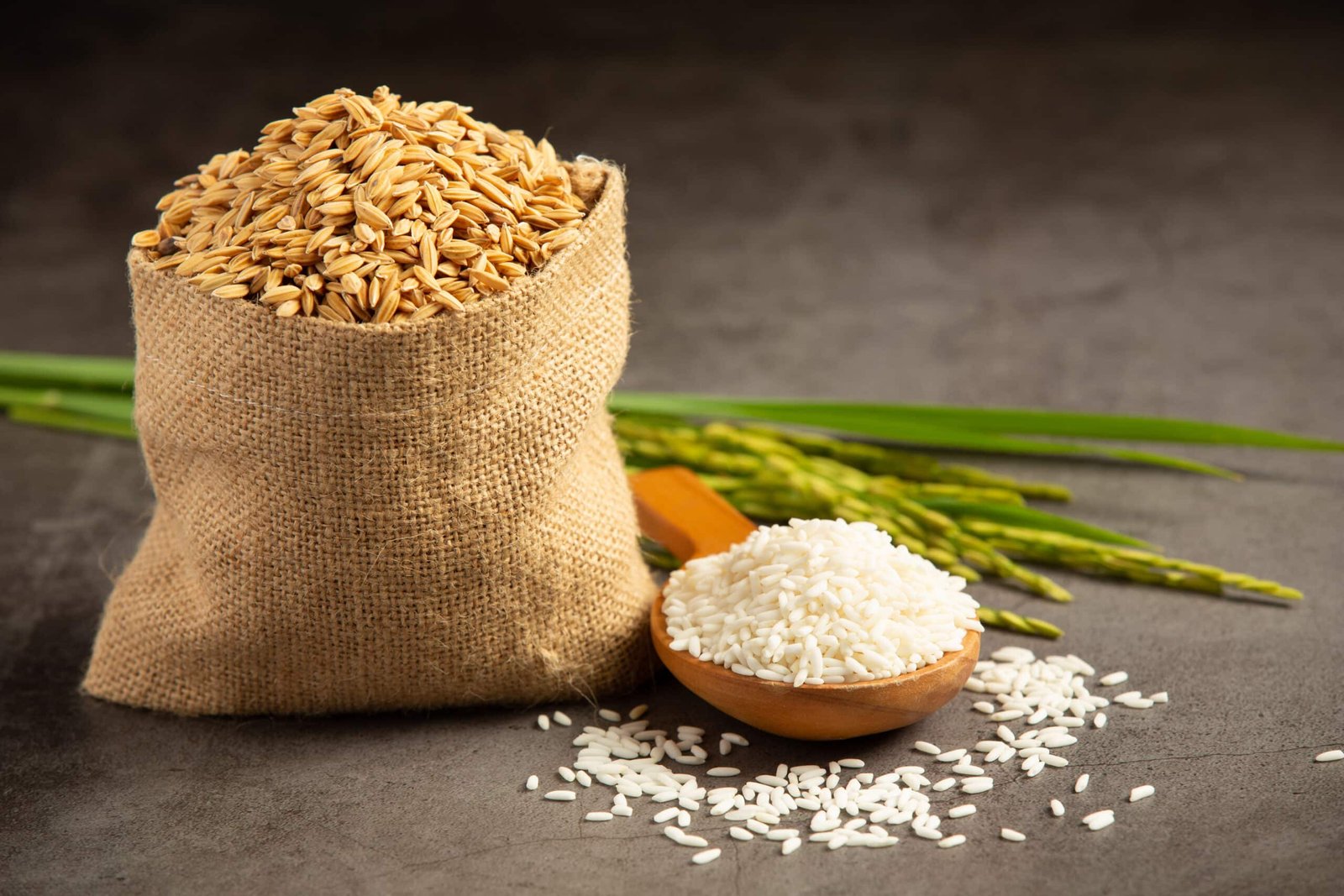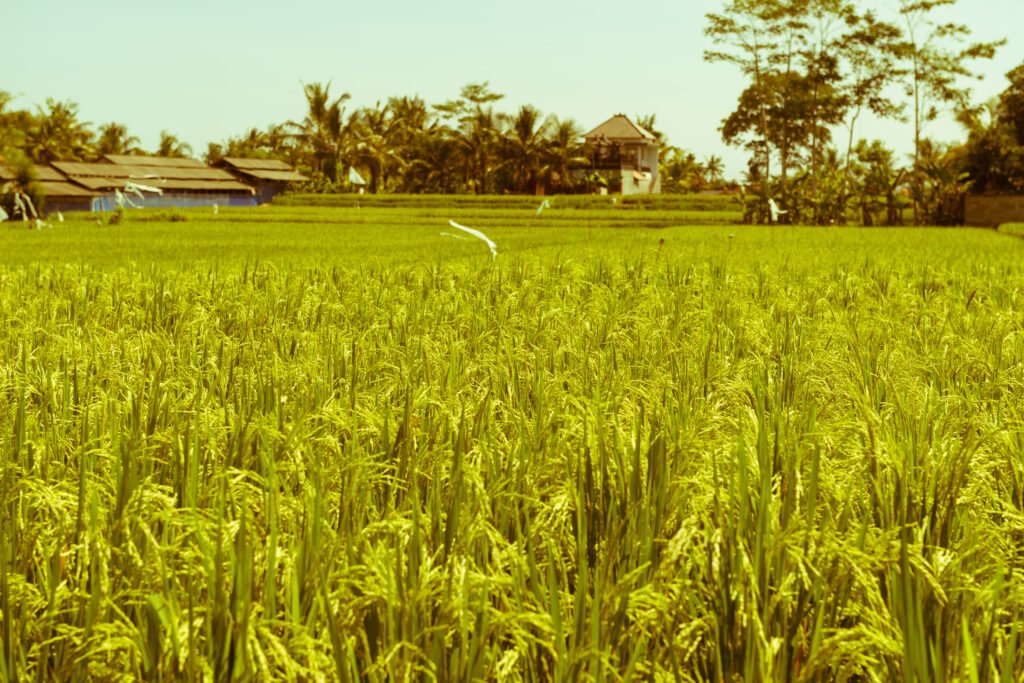Latest News
India’s Rice Exports to Hit 24 Million Tonnes by 2025-26, USDA Report Shows Surge in Global Trade

India is set to reaffirm its position as the world’s top rice exports, with the latest USDA report projecting exports to reach 24 million tonnes by 2025-26. This marks a significant rise in global rice trade and underscores India’s growing dominance in agricultural exports. As global demand for rice continues to climb, India’s role in ensuring food security for many importing nations is becoming increasingly vital.
📊 Key Highlights from the USDA Report
-
India’s projected rice exports (2025-26): 24 million tonnes
-
Global rice trade forecast: 54.9 million tonnes
-
Major importers: Iran, Nigeria, Philippines, Bangladesh
-
Driving factors: Population growth, food security concerns, and competitive Indian pricing
-
Varieties in demand: Basmati, parboiled, and non-basmati white rice
🇮🇳 India’s Position in Global Rice Trade
India has long been the largest rice exporter globally, accounting for over 40% of global rice exports in recent years. Even during challenging times like the COVID-19 pandemic or climate-induced crop issues, India managed to meet export targets through:
-
Strong production from states like West Bengal, Punjab, Uttar Pradesh, and Andhra Pradesh

-
Efficient procurement by the Food Corporation of India (FCI)
-
Competitive logistics and low-cost pricing
The USDA forecast validates that India’s policy and infrastructure investments are paying off in terms of trade resilience.
🚢 Why Demand for Indian Rice Is Increasing
1. Affordability
India provides rice at competitive rates compared to other major exporters like Thailand and Vietnam, making it a preferred source for price-sensitive nations in Africa and Asia.
2. Diverse Varieties
India exports a wide range of rice types, including:
-
Basmati: Popular in the Middle East and Europe
-
Parboiled rice: High demand in Africa
-
Broken rice: Used in feed and lower-cost markets like China and Senegal
3. Geopolitical Shifts
Political tensions and climatic issues in other exporting nations have shifted demand to India. For example, droughts in Thailand and Vietnam often cause global buyers to turn to Indian exporters.
4. Robust Supply Chain
Indian ports, milling facilities, and FPO (Farmer Producer Organization) networks help ensure timely deliveries and quality compliance.
🌍 Impact on Global Markets
As global trade in rice approaches 55 million tonnes, countries across Africa, Southeast Asia, and the Gulf region will depend more on India for food security. The rise in rice trade reflects:
-
Population growth in urban centers needing steady rice supplies
-
Climate instability affecting local production in importing countries
-
International aid programs sourcing large rice consignments from India
India’s consistency will play a key role in stabilizing food prices globally.
🧾 Challenges Ahead for Indian Exports
While the forecast is optimistic, Indian exporters face several challenges:
-
Export bans and quotas: Temporary government restrictions to manage domestic inflation
-
Climate risks: Floods or delayed monsoons affecting production
-
Logistics disruptions: Port congestion or container shortages
-
Quality control: Maintaining export standards, especially for premium varieties like Basmati
Policymakers must strike a balance between domestic food security and export goals.
💼 Opportunities for Indian Farmers and Exporters
With a growing international appetite for Indian rice, there’s immense potential for:
-
Expanding contract farming and FPO participation
-
Improving rice branding and GI tagging (e.g., for Basmati)
-
Promoting sustainable and organic rice cultivation
-
Investing in rice processing and packaging for export standards
The government’s efforts through APEDA, ICAR, and state agriculture departments must focus on farmer training, quality assurance, and market linkages.
❓FAQs on India’s Rice Exports and USDA Report
Q1: Why is India the largest rice exporter in the world?
A: India offers competitive prices, large production volumes, and a diverse variety of rice suited to different global markets.
Q2: What is the significance of the USDA projection?
A: The USDA forecast signals confidence in India’s export potential and helps global buyers plan their sourcing strategies.
Q3: Which countries import the most rice from India?
A: Major importers include Iran, Saudi Arabia, Nigeria, Philippines, Bangladesh, and Nepal.
Q4: Will export restrictions affect the 2025–26 target?
A: Short-term bans may cause delays, but long-term trends remain positive due to global reliance on Indian rice.
Q5: How can Indian farmers benefit from rising exports?
A: By joining FPOs, adopting export-grade practices, and growing premium varieties, farmers can access better prices and stable demand.
📝 Conclusion
India’s rice export projection of 24 million tonnes by 2025–26 is a landmark achievement that reflects global trust in Indian agriculture. As the world’s largest rice exporter, India continues to support food security across continents while boosting its own agrarian economy. The USDA’s report highlights the strategic importance of rice in global trade, and with supportive policies, Indian farmers and exporters can seize this opportunity to thrive on the world stage.













